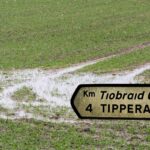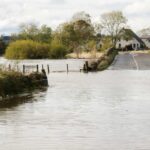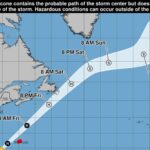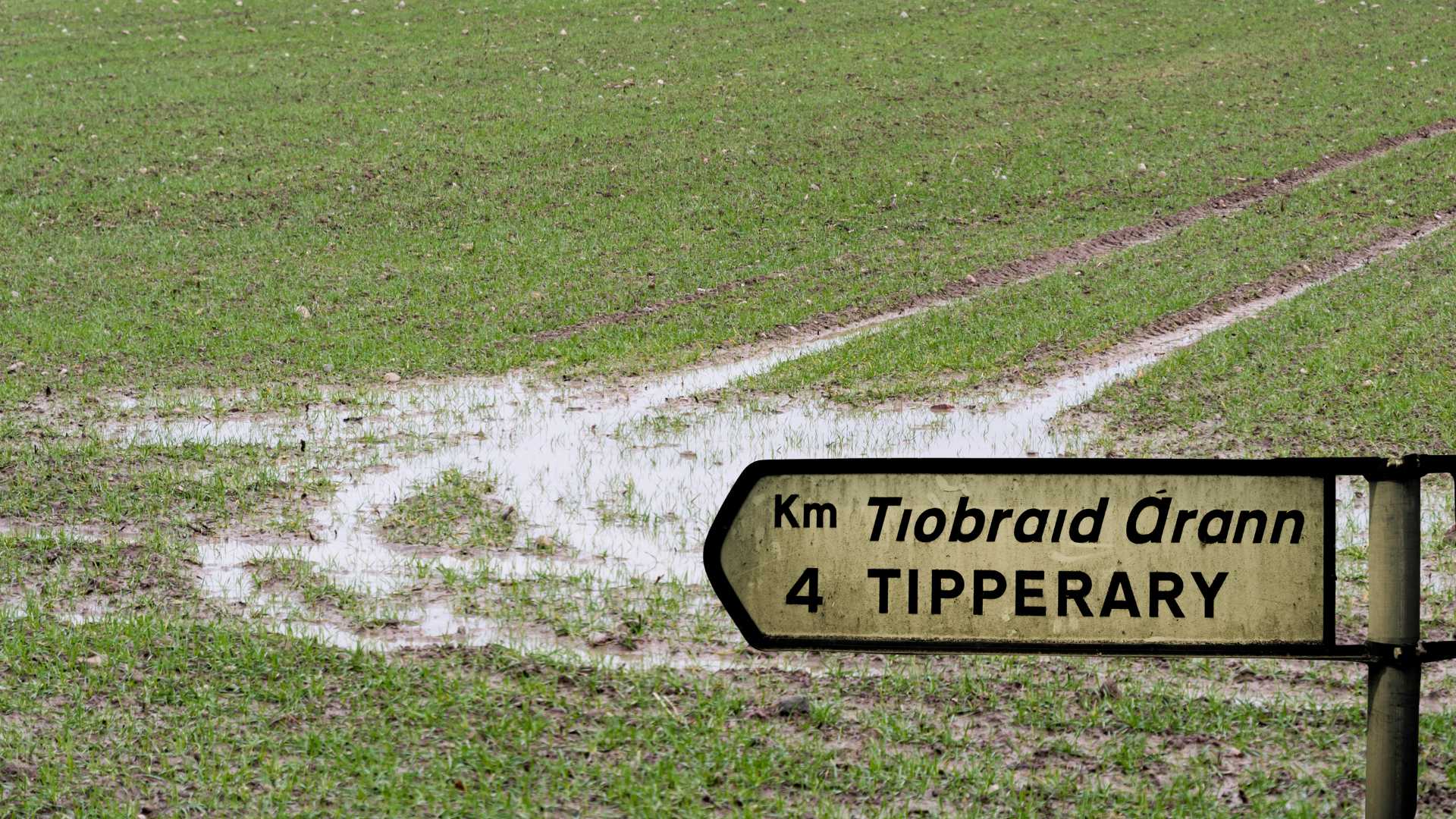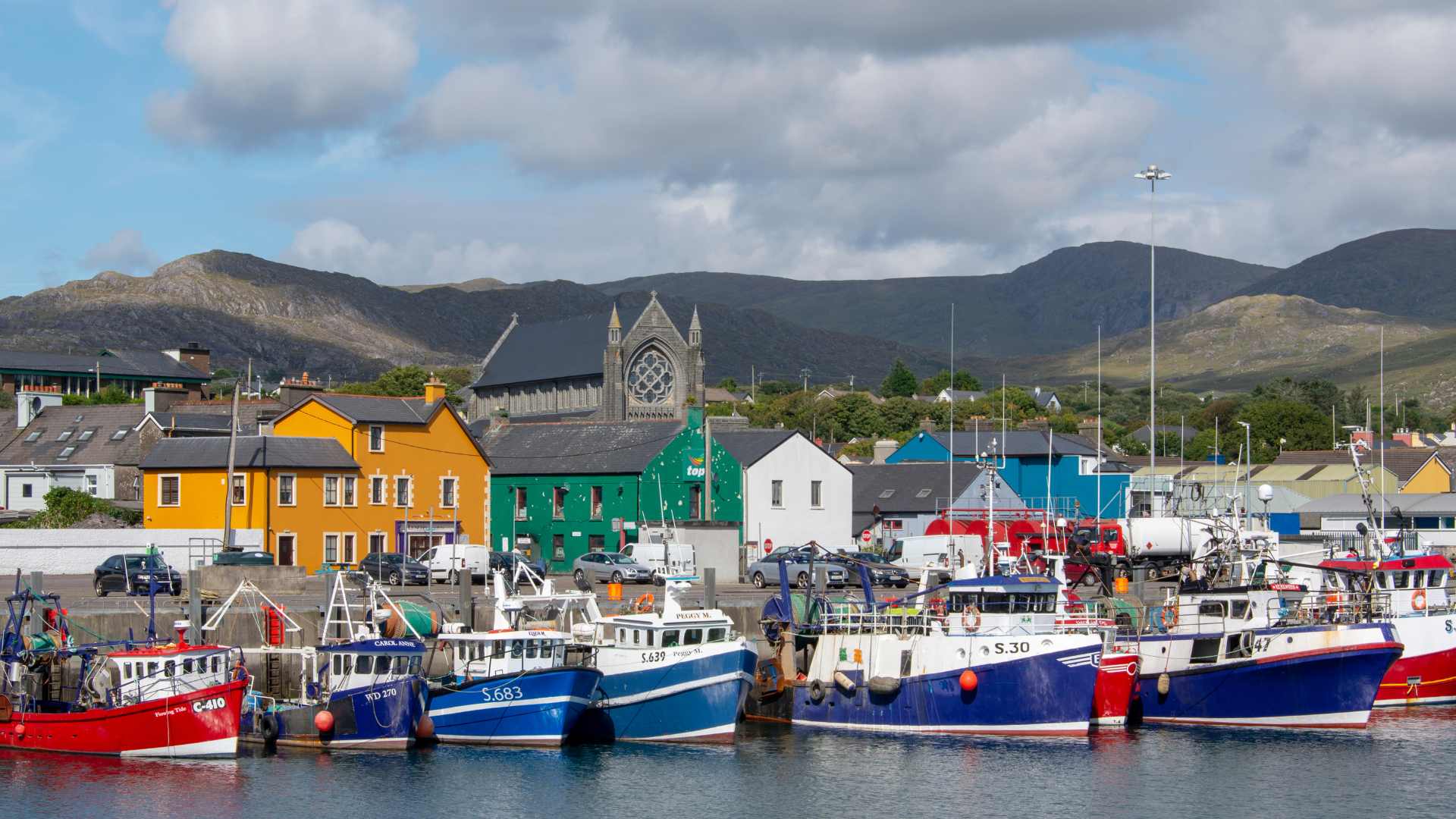
Ireland’s oldest animal offers clues to Atlantic Ocean current changes
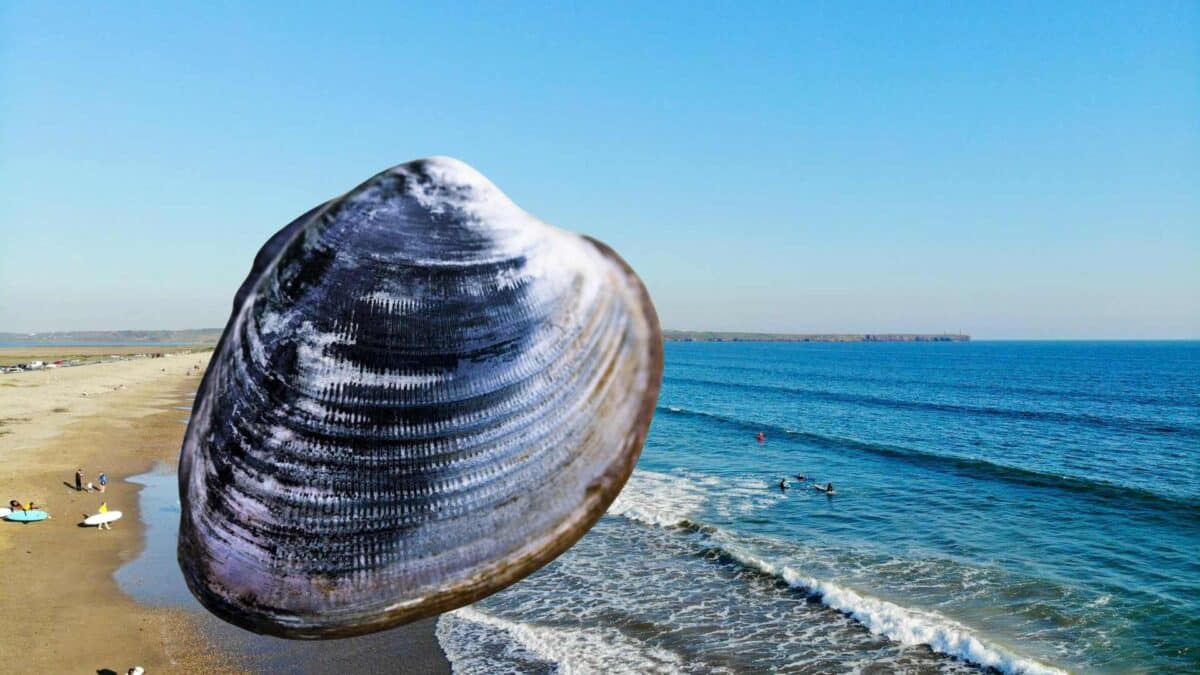
Ireland’s coastline is home to one of the world’s longest-living animals, the ocean quahog clam (Arctica islandica). The species can live for more than 500 years and specimens in Irish waters today may have been alive during the establishment of the Kingdom of Ireland under Henry VIII in 1541, the Battle of Kinsale in 1601 and Cromwell’s conquest in the 1650s.
Buried in sandy and muddy seabeds around Ireland, the ocean quahog records environmental conditions year by year in the growth layers of its shell. Scientists use these layers to study long-term ocean changes.
A new study by the University of Exeter has found that growth patterns in centuries-old quahog and dog cockle shells show signs that key Atlantic Ocean currents may be losing stability. The research provides evidence that the Atlantic Meridional Overturning Circulation (AMOC) and the subpolar gyre are taking longer to recover from natural fluctuations, a sign they may be approaching a tipping point.
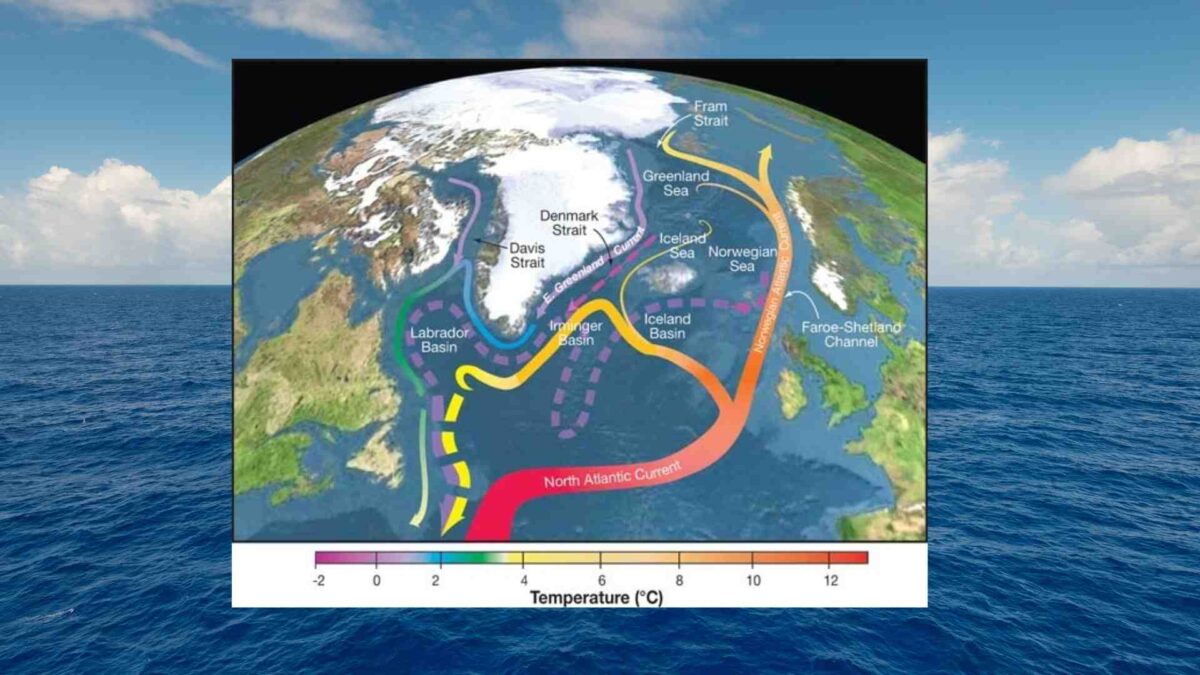
The findings are based on analysis of annual bands in clam shells that provide an unbroken record of past ocean conditions. This allows scientists to track long-term changes in ocean circulation systems that influence Europe’s climate.
Dr Beatriz Arellano Nava, lead author of the study, said long and continuous data are essential to anticipate major changes. “Clam shells provide exactly that,” she said.
The study identified two destabilisation events over the past 150 years. The first, linked to the subpolar gyre, occurred in the early 20th century and may have contributed to Arctic and North Atlantic warming in the 1920s. The second began around 1950 and continues today.
Melting polar ice and rising greenhouse gas emissions are believed to be weakening Atlantic circulation.
The paper, published in the journal Science Advances, is entitled: “Recent and early twentieth century destabilization of the subpolar North Atlantic recorded in bivalves.”
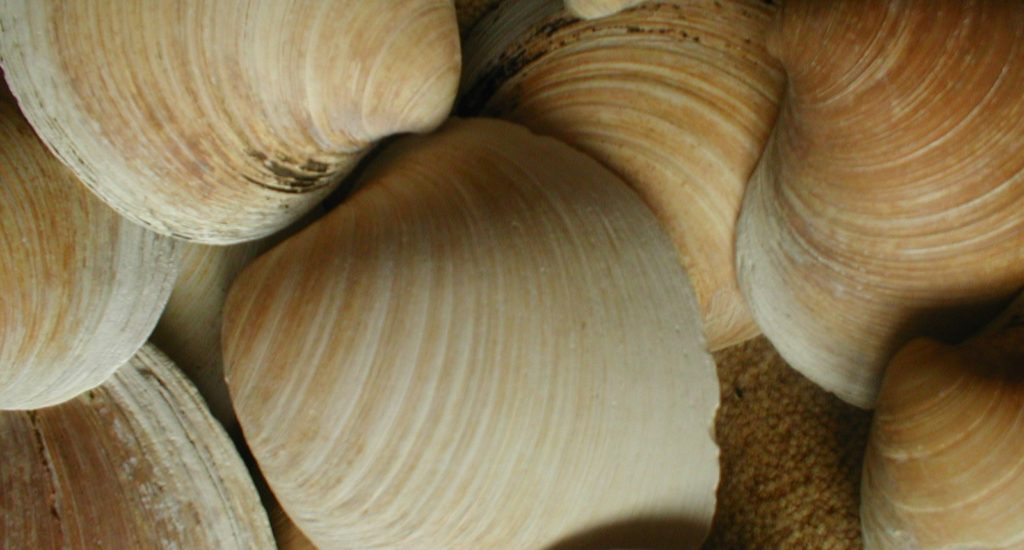
Specimens of ocean quahog have been recorded in Belfast Lough and other areas off the Irish coast.
Researchers say the species’ exceptional lifespan and steady growth rate make it one of the most valuable biological indicators of environmental change available to science.
Share this WeathÉire story: